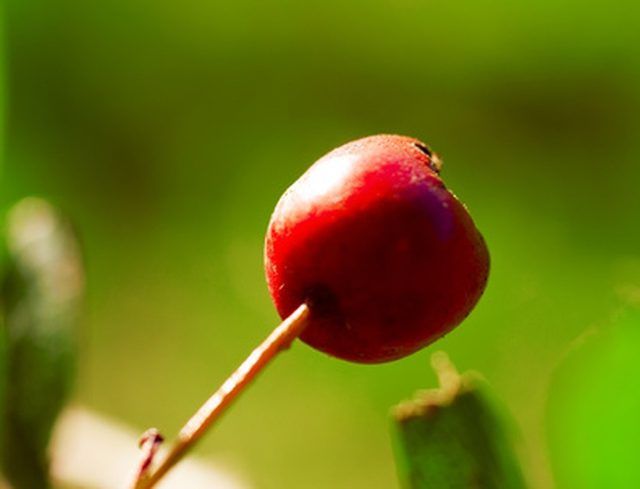Bulbs
Flower Basics
Flower Beds & Specialty Gardens
Flower Garden
Garden Furniture
Garden Gnomes
Garden Seeds
Garden Sheds
Garden Statues
Garden Tools & Supplies
Gardening Basics
Green & Organic
Groundcovers & Vines
Growing Annuals
Growing Basil
Growing Beans
Growing Berries
Growing Blueberries
Growing Cactus
Growing Corn
Growing Cotton
Growing Edibles
Growing Flowers
Growing Garlic
Growing Grapes
Growing Grass
Growing Herbs
Growing Jasmine
Growing Mint
Growing Mushrooms
Orchids
Growing Peanuts
Growing Perennials
Growing Plants
Growing Rosemary
Growing Roses
Growing Strawberries
Growing Sunflowers
Growing Thyme
Growing Tomatoes
Growing Tulips
Growing Vegetables
Herb Basics
Herb Garden
Indoor Growing
Landscaping Basics
Landscaping Patios
Landscaping Plants
Landscaping Shrubs
Landscaping Trees
Landscaping Walks & Pathways
Lawn Basics
Lawn Maintenance
Lawn Mowers
Lawn Ornaments
Lawn Planting
Lawn Tools
Outdoor Growing
Overall Landscape Planning
Pests, Weeds & Problems
Plant Basics
Rock Garden
Rose Garden
Shrubs
Soil
Specialty Gardens
Trees
Vegetable Garden
Yard Maintenance
Hawthorn Berry Identification
Hawthorn Berry Identification. The Hawthorn berry is the pinnatifida species within the Crataegus genus, which is within the Rosaceae (rose) family. The hawthorn originated in China. The tree can serve an ornamental purpose, as it produces flowers and fruit. But the medicinal benefits of the hawthorn fruit are what makes this tree popular. However,...

The Hawthorn berry is the pinnatifida species within the Crataegus genus, which is within the Rosaceae (rose) family. The hawthorn originated in China. The tree can serve an ornamental purpose, as it produces flowers and fruit. But the medicinal benefits of the hawthorn fruit are what makes this tree popular. However, the fruit, or entire tree, can be mistaken for other berry plants or trees, which may not be edible. Therefore, the hawthorn berry needs to be properly identified, and this can be done with a knowledge of the tree's size and characteristics, such as foliage and fruit color and shape, and habitat.
Types
Tthe main type of hawthorn berry is the Crataegus pinnatifida. A "large" variety, the Crataegus pinnatifida var.major, is also available. The major variety is similar to the main type, except that it is taller, thus the variety name major.
Form and Structure
The hawthorn berry tree can reach 18 to 22 feet in height, and the width of the tree will be a similar size. These dimensions produce a rounded, globular-shaped tree. Branches and trunk sections are grayish-brown to brown in color. The branches, when immature, will be purple-brown. The major variety is on average 2 to 3 feet taller.
Foliage and Flowers
Leaves are dark green, oval or triangular-oval (showing a wider base than oval) in shape, and 3 to 5 inches in length, 2 to 4 inches in width. Each leaf edge will have rounded serrations, which are created by lateral veins stretching across the top of the leaf, meeting at the edges. Flowers are .5 to 1 inch in diameter with white petals, .25 an inch or less in diameter.
Fruit
The hawthorn fruit is globular, .75 to 1.25 inches in diameter, red to dark-red to pinkish-red, and is found in fruit clusters of three to five. A small stem, .1 an inch or less in diameter, connects the fruit to the branch. The fruit's underside, directly opposite the stem, shows a .25 inch wide gap, light-brown to brown in color. The major variety produces larger fruit, at least 1.5 inches in diameter.
Climate and Habitat
The hawthorn berry can survive in USDA hardiness zones 6 through 10, which correspond to Missouri, Pennsylvania, Tennessee, Oklahoma, Virginia, Arkansas, Georgia, Texas, Florida, and California. The hawthorn can withstand frost.
Considerations
The hawthorn berry tree is also known as the Chinese hawthorn. The hawthorn flowers in May, and the fruit will ripen and show its described colors from September to October.